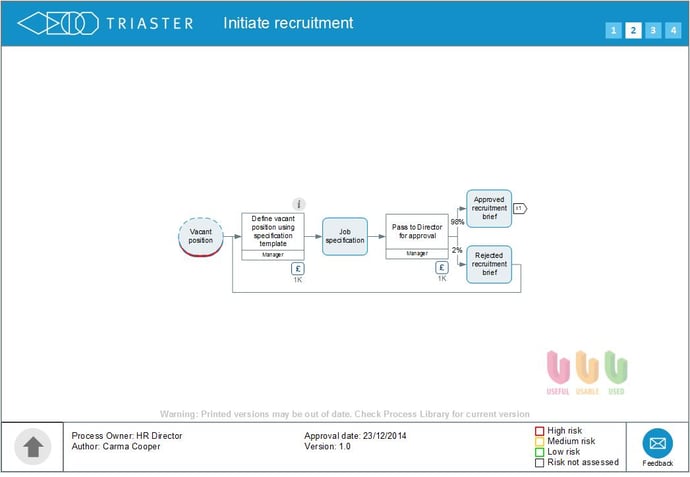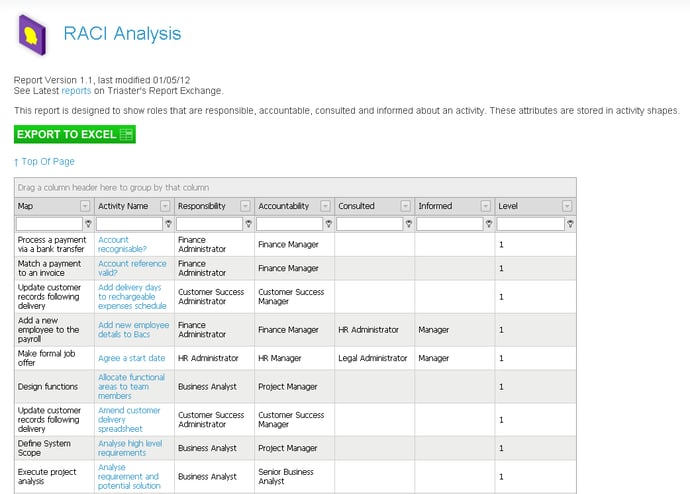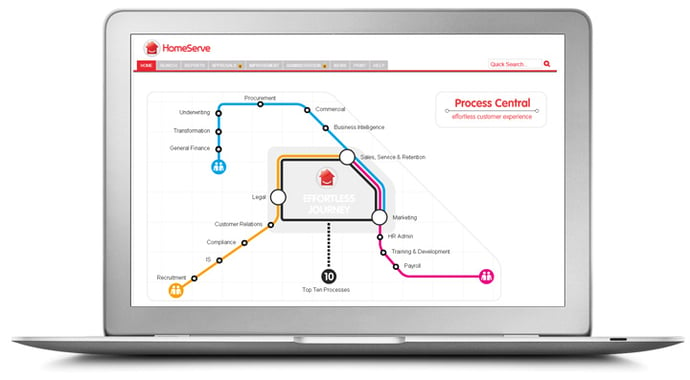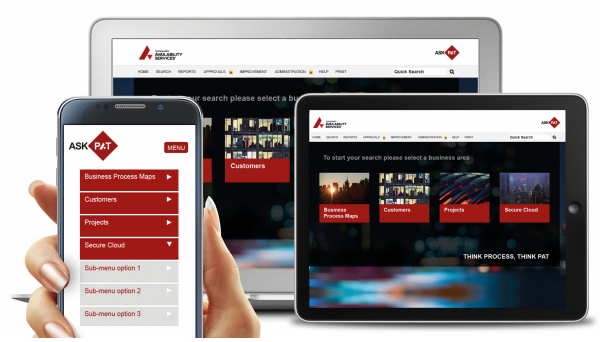A Quality Management System is a key implementation in any organisation. Your first consideration before implementing a QMS for a quality improvement project, must always be whether or not the QMS meets the specific needs of your organisation. These ten tips are a great checklist for making sure you've got the very best system to develop a successful quality strategy.
If you are looking for real process improvement methodologies than I suggest you start by looking at the steps that real companies have taken to implement successful process improvement projects.
Here are the top 10 things your QMS must deliver to give maximum value and the best return on your investment.
1. Your Quality Management System Must Be One central source of accurate information
Another way of putting this is, ‘one version of the truth’, or ‘a one-stop-shop’ for all processes, policies and procedures. The absolutely key thing is there is just one place where the information is available, and that information is up-to-date with the latest, most accurate information.
This was the number one requirement for Equifax before they purchased their own Quality Management System.
2. An easy to understand visual representation of your organisation’s processes
Information is much more easily understood if it is presented in lots of different formats. Reams and reams of text is hard work. This is why the old Quality Manual was seldom read by anyone outside the Quality department. But make it visual and everything becomes easier to take in. So setting out what is done in your organisation in a visual format - process maps - makes it much more accessible. And then, when it’s needed, link to the text based detail. Or perhaps an instructional video, or a form…

3. Easy Access (on-line)
Make it as easy as possible for everyone in your organisation to access the information that they need. Put it in a central place. This is usually on your intranet, somewhere where everyone in your organisation can access it, just with a click of their mouse.
4. Easy navigation
Once inside the Quality Management System, users want to find the information that they need as quickly as possible. So your QMS must have an excellent search facility. The information flow must be intuitive, visual and easy to follow. Processes must link together visually and be easy to navigate.
For an example of this, take a look at the Triaster platform page that includes sample process libraries and homepage designs.
5. Identify Responsibility and Accountability as a minimum
A key aspect of a QMS is that it clearly identifies and advertises who is responsible and who is accountable for what actions. The full RACI (Responsibility, Accountability, Consulted and Informed) is a bonus and could be helpful to developing your quality strategy going forward.

6. Provide data at the process level with comprehensive reporting
As well as capturing and reporting on RACI, your QMS must be able to capture data for other key aspects of the business - such as risk and cost - and report intelligently on these.
7. Allow access via mobile devices for use when out of the office
We live in a mobile world. People work from home, at remote sites, whilst travelling. Your QMS must be accessible to them on differing mobile devices for those times, as well as when they are in the office.
8. Enable quick and easy ISO certification and other regulatory compliance requirements relevant to your industry
Achieving regulatory compliance is a key deliverable by any QMS. Making the compliance audits as a straight forward as possible, reduces the time taken and reduces the cost. Having one QMS to support your organisation, opens up the ability to have one organisation-wide certification. Again reducing audit time and reducing cost. But most importantly these accreditations should be just one output from your QMS – not the only output.
If you are trying to achieve ISO 9001 we have a resource that could really help you.
9. Be a model of your organisation
Once your QMS contains all your organisation’s processes, linked together to show the end-to-end view and linking to your policies, procedures and other relevant documents and forms, it is in fact an AS-IS model of how your organisation works. Once this is captured, it can be understood. It can be changed and various potential quality improvement project options tested.
10. Provide the base point for modelling process improvement
Your AS-IS model of your organisation is the start point for modelling TO-BE options. Your QMS must deliver the ability to make copies or clones and try out differing scenarios for process improvement. The impacts of which can be understood, analysed and compared– before the changes are implemented in your organisation!
Don't forget to comment below to tell us what you thought of this article or voice any questions you'd like answered on future articles - and please share via the social media buttons below if you found this article helpful.
Related Articles:
Fundamentals of quality management systems as per ISO 9000
WHAT IS A QUALITY MANAGEMENT SYSTEMWritten by Emma Harris
Emma was Operations Director for Triaster for nearly 20 years, during which time as well as learning and perfecting her BPM and process improvement skills, she honed her inbound marketing expertise. She now runs D2e - Designed to engage - which designs and develops bespoke, engaging, HubSpot CMS websites, that help your entire company to grow and scale. She is delighted to still be delivering Triaster's marketing, whilst also helping other companies turn their websites into their hardest working asset.



